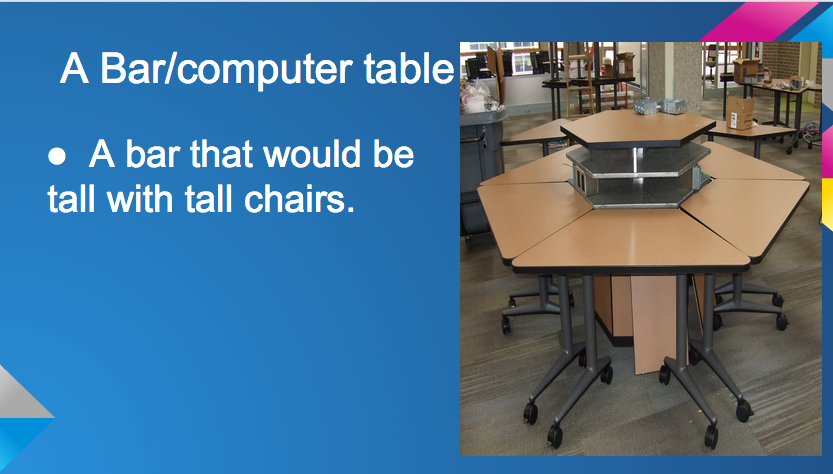Blended learning can come in many shapes and sizes though it is not a one size fits all quick fix. Blended learning is a way to use technology to change what is happening in our traditional classrooms, and not simply a way to fit technology in and maintain the "status quo". (TeachThought, 2013) Blended learning is a way to incorporate online learning experiences to enhance the traditional classroom.
Incorporating online and face to face learning opportunities in todays classrooms can provide a great number of benefits to students around the world. Blended learning, and using online learning opportunities can provide students with endless learning opportunities at a relatively low cost.
Students in rural areas, with few educational opportunities or experiences can take part in online learning through a variety of courses or programs. For example, Massive Open Online Courses or MOOC are becoming increasingly popular, and can allow students from all over the world to participate in free classes through the internet, often collaborating with people around the country or globe. Students can also attend virtual high school classes to supplement their own high school experience, not just as a replacement.
Similarly, students in the United States can expand their learning through incorporating digital learning tools such as ePals, Skype, blogs or social media and learn directly from other students about places around the globe. Students can learn about things such as culture, climate, society and education without leaving their own classrooms. In combination with traditional classroom learning, students are able to make connections between textbooks and the global community.
Also, since online learning can be customized for the individual learning, it can be highly engaging. Blended learning extends the classroom teacher's abilities to individualize learning experiences and provides students with opportunities they may not have otherwise.
References
Digital Genetics. (Designer). (2012). Global learning [Web Drawing]. Retrieved from http://www.evolllution.com/wp-content/uploads/2012/08/global-learning-sized.jpg
Global English. (Designer). (2013). Virtual blended learning infographic [Web Graphic]. Retrieved from http://images.globalenglish.com/files/images/2_awardWinning_BlendedLearning_large6.png
Schneider, C. (Designer). (2013, August 30). Blended learning chalkboard [Web Graphic]. Retrieved from http://cdno3.gettingsmart.com/wp-content/uploads/2013/01/Blended-Learning-Chalkboard.jpg

